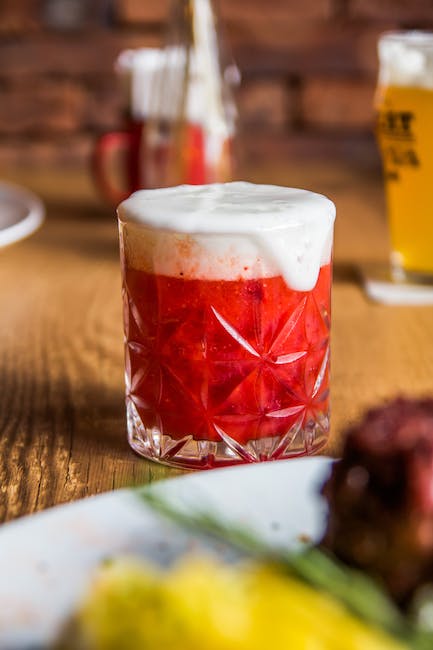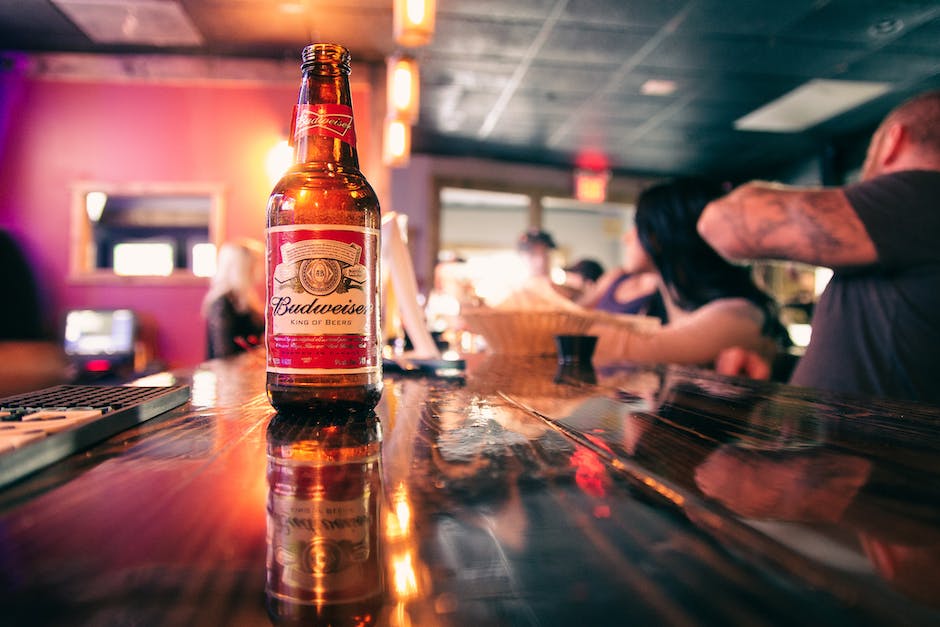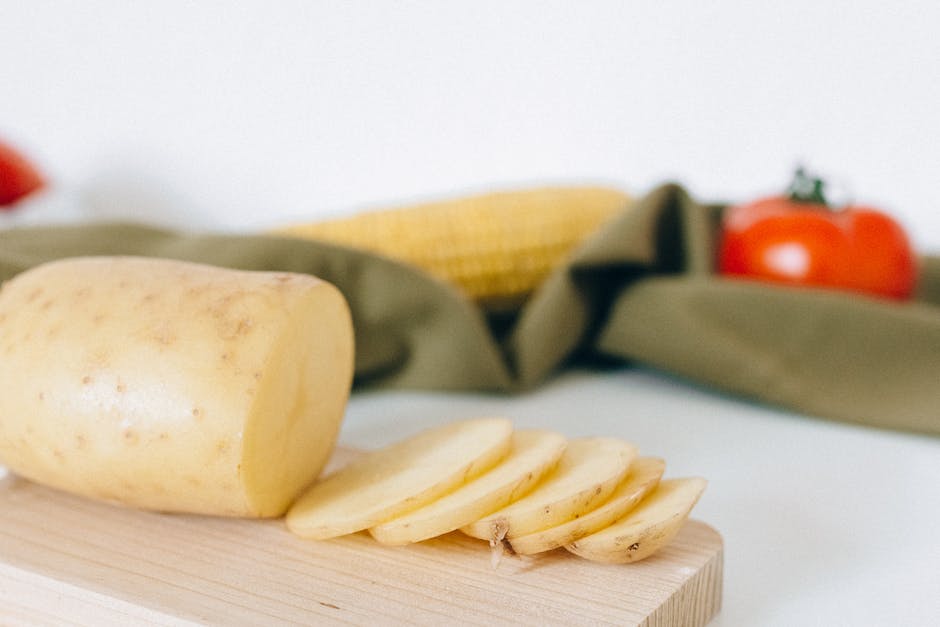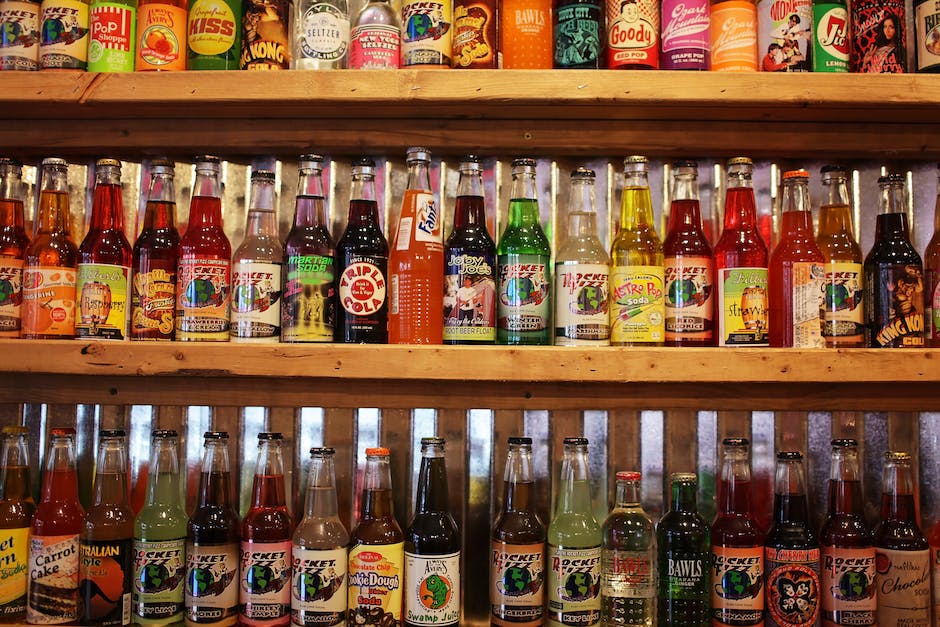
The Genesis of Root Beer: A Dive Into the History of Root Beer
Exploring what is root beer made of, we must first journey back in time to understand the history of root beer. This quintessential American beverage, a type of soft drink, has a rich past full of imaginative brewing and distinct tastes. It’s a fascinating tale that will make you appreciate each fizzy sip with renewed respect.
People started brewing root beer in the 16th century, primarily using sassafras roots and bark from the sassafras tree. The drink was cherished for its health benefits until modern science revealed that the sassafras roots had potential carcinogenic properties, leading to a shift in brewing recipes.
Recognizable Taste: The Distinctive Flavor of Root Beer
What makes root beer so special? It’s the distinctive flavor. Root beers, whether commercial root beers or homemade root beer, have an unmistakable taste that sets them apart from other soft drinks. The rich, earthy, sweet, and complex flavor can be attributed to the unique blend of ingredients used in different root beer recipes.
The main ingredients in most brand of root beer these days include carbonated water, sugar, and a mix of artificial flavors. Do note that the specific flavor profile of a root beer can vary considerably from brand to brand as everyone has its secret recipe.

Sassafras Roots and Sarsaparilla Root: Classic Ingredients of Root Beer
Historically, root beer owed its name to the primary ingredient—sassafras roots. Alongside this, sarsaparilla root was another key ingredient. Both gave the drink its characteristic taste and were known for their medicinal properties.
However, when the Food and Drug Administration (FDA) declared safrole, a compound found in sassafras roots, as a potential carcinogenic substance, the root beers include these ingredients came under criticism. Manufacturers then turned to artificial alternatives to mimic the original flavor.

Modern Touch: The Role of Artificial Flavors in Modern Root Beer
Unraveling what is root beer made of in today’s context, we find a significant role for artificial flavors. The Food and Drug Administration has approved the use of these artificial flavors, which are now key to the modern root beer’s taste profile.
Artificial flavors recreate the essence of flavors derived from sassafras roots and sarsaparilla root. They also serve to introduce new and interesting flavor enhancements, inevitably leading to a wide variety of root beer flavors available on the market.

The Unseen Ingredient: Role of Carbonated Water in Root Beer
Carbonated water is yet another crucial constituent when understanding what is root beer made of. Originating from naturally occurring springs, this effervescent liquid adds the characteristic fizz and slight tang to root beer, significantly enhancing the distinctive flavor.
Carbonation in root beer is important as it not only brings a pleasant texture to the beverage but also enhances the perception of the slightly sweet and creamy taste, vital in any brand of root beer.

Adding Color: The Use of Caramel Coloring in Root Beer
Visual appeal is a significant part of any culinary experience. For root beer, the aesthetic is largely due to caramel coloring, a commonly used food color additive that imparts its distinct rich, brown color. Without it, this favorite fizzy soft drink would not be nearly as appetizing.
Aside from adding color to the drink, caramel coloring also imparts a subtle, slightly bitter taste, offsetting the sweetness and contributing to the multifaceted taste profile of root beer.

Little by Little: Small Amounts of Different Ingredients in Root Beer
Now that we comprehend what is root beer made of, it’s worth mentioning that it’s not just the ingredients, but also their dimensions that dictate root beer’s uniqueness. Ingredients like vanilla, licorice root, nutmeg, molasses, and even mint, are used in small amounts to add depth, dimension, and complexity to the taste of root beer.
Each brewer adds their unique touches, creating a wide range of flavors and styles of root beer, from commercial root beers to homemade root beer making each sip an authentic experience.

Tradition Redefined: The Shift from Traditional Root Beer
Understanding what is root beer made of leads us to appreciate the evolution from traditional root beer to the present myriad of flavors and ingredients. The modern root beer retains the classic’s essence while embracing safer alternatives and new flavor additions.
This progression from the traditional brew to modern, safer, and more varied recipes factors in contemporary consumer tastes and stringent safety guidelines put in place by the Food and Drug Administration.

Beer – Yes, Beer: The Taste of Alcoholic Root Beers
For those who prefer a little kick in their beverage, alcoholic root beers take center stage. These are not as common as the non-alcoholic versions and offer a unique combination of the classic root beer taste accompanied by a subtle alcoholic aftertaste.
While alcoholic root beers stay true to the essence of root beer’s taste and texture, the alcohol content adds another flavor dimension, making them popular among adult consumers.
FAQ
Q1: What makes root beer’s taste distinct?
The distinctive flavor of root beer comes from a combination of ingredients like sassafras roots, sarsaparilla root, vanilla, licorice, nutmeg, and molasses. Modern root beer substitutes natural sassafras with artificial flavors due to safety concerns.
Q2: What are the core components of a commercial root beer recipe?
The primary ingredients in commercial root beers are artificial flavors, carbonated water, and a sweetener. Additional flavors can include nutmeg, vanilla, licorice, and caramel coloring.
Q3: Are traditional root beer and modern root beer different?
Yes, traditional root beer was made from sassafras roots and sarsaparilla root. Modern recipes use artificial flavors to mimic natural sassafras, following FDA safety guidelines.
Q4: How is homemade root beer made?
Homemade root beer involves a combination of root beer extract (available at the store), water, sweetener, and yeast for carbonation. The mixture is allowed to ferment to achieve a carbonated, sweet beverage.
Q5: What is the most popular brand of root beer?
A&W is one of the best-known brands of root beer in the United States with its signature creamy and smooth flavor.
Q6: Why does root beer require the addition of carbonated water?
Carbonated water in root beer adds a characteristic fizz and a slightly tangy taste, enhancing the overall flavor and mouthfeel of the beverage.
Q7: How are root beers colored?
Root beers derive their characteristic brown color from caramel coloring, a common food color additive.
Q8: How are small amounts of ingredients significant in root beer?
Small amounts of different ingredients add depth, dimension, and complexity to the taste of root beer. Ingredients like mint, nutmeg, and licorice each contribute unique nuances to the flavor.
Q9: What cider is closely related to root beer in terms of production?
Birch beer is closely related to root beer as both are made by brewing herbal extracts, but birch beer uses the extract of birch bark instead of sassafras or sarsaparilla roots.
Q10: How does alcoholic root beer differ from non-alcoholic root beer?
Alcoholic root beers retain the classic taste of non-alcoholic root beer but include an alcohol content, offering a unique combination of traditional root beer taste and a subtle alcoholic aftertaste.








